Sind Valley : A Glacial Dreamscape
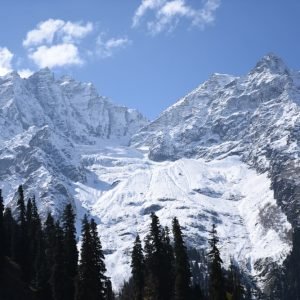


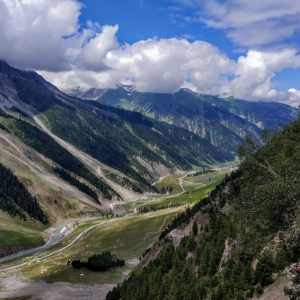
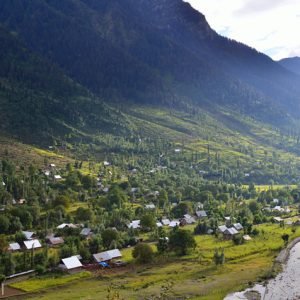
Table of Contents
Toggle1. Introduction
Sind Valley is an inspiring valley in north India, under the union territory of Jammu and Kashmir. It stretches as long as 65 km and goes from the city of Kangan to Baltal, beside the Amarnath Cave. The valley is beautiful, with a mixture of natural and cultural aspects, the beautiful meadows, mountains capped with snow and fast flowing rivers. Sind Valley is an important constituent of the broader Kashmir Valley, characterized by rich biodiversity, historical importance and role as a main trade and pilgrimage route.
2. Geography of Sind Valley
The Sind Valley is a district located in the Himalayas of Jammu and Kashmir. This region lies between the towering mountain ranges of Pir Panjal and Zanskar, surrounded by the Sind River, which stretches from the Himalayan foothills up to Baltal at higher altitudes. It is about 65 kilometers in length and the width varies from place to place with fertile forests, alpine meadows, and snow-clad peaks on both sides.
2.a. Topography
Its elevation ranges from approximately 2,100 m near Kangan to over 3,500 m in the vicinity of Sonamarg and Baltal. Also, the topography varies considerably. Lower valley is characterized by terraced fields and dense pine forests, whereas the upper reaches transform into alpine meadows and glaciers.
2.b. Climate
Temperate climate prevails within the valley and mild summers ranging from 10°C to 25°C, along with harsh winters, mostly with heavy snowfalls at temperatures below the freezing point, sometimes even reaching a low of -10°C.
2.c. Access and Connectivity
The Sind Valley is very well connected by road. NH-1D passes through the valley, thus easily accessible from Srinagar, the summer capital of Jammu and Kashmir. The nearest airport is at Srinagar, 45 km from the entrance of the valley near Kangan.
3. Historical and Cultural Significance
Sind Valley is one of the most important historical and cultural regions. In all its centuries, Sind valley had remained a lifeline of Central Asia and the Indian subcontinent. The valley’s importance had made it the most important route for the traders, pilgrims, and the armies moving towards Ladakh and Tibet from Kashmir.
3.a. Ancient trade route
There are plain evidences of this valley, especially the town of Sonamarg in the Sind Valley, having been an important staging point for the ancient silk routes. Silk, spices and precious stones were carried across the valley as traders crossed the Indian subcontinent and Central Asia.
3.b. Cultural Heritage
This valley has long been a cauldron of cultures, largely due to its proximity to the Central Asian region and the Kashmir Valley. The Sind Valley is primarily inhabited by Kashmiri Muslims, who, as a community, boast a very old and continuous tradition of Sufi mysticism, but over the years, the valley has been the recipient of various ethnic groups, most notably, Tibetan and Central Asian traders, who have interwoven different strands of cultural tapestry in this valley.
3.c. Religious Significance
The best-known religious trek that passes through the Sind Valley is the Amarnath Yatra, a yearly journey undertaken by millions of Hindus. Followers move through the valley to reach Baltal from where they begin trekking to the Amarnath Cave, one of the most revered shrines dedicated to Lord Shiva.
4. Ecology and Wildlife
Due to difference in altitude, the Sind Valley is a home for diverse vegetation and wildlife.
4.a. Forests and Meads
Coniferous forests of deodar, pine, and fir with dense plantation feature the lower Sind Valley. At higher altitudes, there are alpine meads of locally known “margs” used by the herdsman to graze sheep during summer months. Along with them, there are also fruit orchards and cultivated land with terracing methods.
Many species of wildlife exist in the valley, most of which are endemic to that region. The higher ranges comprise the Himalayan high altitude ecosystem where some rare species like Himalayan brown bears, snow leopard, ibex, and the rarely seen Himalayan musk deer are found. The place is also home to a birdlife including the golden eagle, Himalayan griffon vulture and pheasants, attracting many birdwatchers.
4.b. Protected Areas
Parts of the Sind Valley falls in areas of protected conservation, such as the Overa-Aru Wildlife Sanctuary. It works to preserve this high malformity region that harbors high biodiversity, especially species in danger due to habitat loss and poaching.
5. River Sind
The Sind River, from which the name of this valley is derived, is an essential tributary of the Jhelum River. Originating from the snow-fed glaciers of the Machoi Peak, this river flows through the length of the valley before it meets the Jhelum near Shadipora. Sind River is important in the region not only ecologically and economically but also culturally.
5.a. Hydrological Importance
The river is what the agricultural economy of this valley thrives on. A source of water to the otherwise leveled fields which stretch all along the lower valley, rice, wheat, and maize are some crops cultivated upon these leveled fields. The river also supports the lush ecosystem of the valley, with its forests and alpine meadows.
5.b. Recreational Activities
The Sind River is credited with pure, fast-moving water, so it ranks high among angling grounds for sport fishing, especially for trout. Parts of the river can also be used for adventure sports, such as white-water rafting, which may attract sport fans worldwide.
6. Important Towns and Villages
There are many important towns and villages along the length of Sind Valley, and each reveals a history and rich cultural life.
6.a. Kangan:
Kangan is the gateway to the Sind Valley. About 40 kilometers from Srinagar, this busy town serves as a base camp for those who advance into the valley. The town has rich handicrafts in shawls and carpets, and its history dates back to ancient times.
6.b. Gund
Gund is a small town further up the valley, known for its beauty and traditional way of living in Kashmir. The town serves as a base for trekking and also for pilgrimages moving further up into the higher altitudes, such as Sonamarg and the Amarnath Cave.
6.c. Sonamarg
Situated in the famous Sind Valley, Sonamarg is literally one of the most popular tourist destinations around, with towering snow-capped peaks surrounding it and its fame with lush meadows, glaciers, and alpine lakes. It also acts as an exit point for the Amarnath Cave trek and Ladakh expeditions.
6.d. Baltal
Baltal is located at the northern end of the Sind Valley, close to the lower end of the Zojila Pass. It is a crucial camp for the pilgrims going on the Amarnath Yatra and also serves as a gateway to Ladakh. Baltal offers basic camping and trekking facilities.
7. Tourism in Sind Valley
Tourism is the number one industry with beauty and adventure on the one hand and religiosity on the other which attract people to this valley. Summer is the peak tourist season in Sind Valley when meadows are in full bloom and the climate is pleasant.
7.a. Optimum Time for Visit
May to October is the perfect time to go to Sind Valley, with lush landscapes and clear skies in this summer season of cool climate. Heavy snowfall turns the valley into a white wonderland, drawing in tourists for winter sports.
7.b. Places to Visit
i. Sonamarg: Known for its breath-taking meadows and near the Thajiwas Glacier, Sonamarg boasts trekking trails and viewpoints on one’s bucket list.
ii. Amarnath Yatra: It is one of the most sacred pilgrimages in India. Thousands of people come here every year. The trip from Baltal and Sind Valley to the cave is symbolic as well as fulfilling in a physical sense.
iii. Thajiwas Glacier: This lies on the way to Sonamarg. A glacier wherein tourists take a lot of interest in trekking and pony ride. The glacier remains covered with snow throughout the year, so it is also a big attraction.
8. Adventure Activities
The Sind Valley is an adventure tourism hotspot with trekking and camping to fishing and rafting.
8.a. Trekking
The valley is a base for some of the most celebrated trekking routes:
i. Amarnath Cave Trek: One of the most popular in the region, this trek begins at Baltal, taking pilgrims and adventurers alike to the sacred Amarnath Cave.
ii. Trek to Thajiwas Glacier: A straightforward trek from Sonamarg, this takes you through lovely views of the surrounding mountains and the glacier.
iii. Zojila Pass Trek: It is an advanced trek taking one through the high altitude passes of Zojila in dramatic circumstances offering a thrilling journey.
8.b. White Water Rafting
White Water Rafting is mainly available near Sonamarg. White water rapids, grade II to IV, can be rafted by beginners or by experienced people.
8.c. Fishing
Trout fishing is possible in its cold, crystal-clear waters on brown and rainbow trouts. It attracts fisherman from all around the region.
9. Flora and Fauna
The varied landscape of the Sind Valley permits a rich diversity of flora and fauna. Different altitudes and, thereby, climates result in different ecological zones. These can range from dense forests in the lower reaches of the valley to alpine meadows and glaciers higher up.
9.a. Flora
i. Lower Valley: The main features at the lower reaches of the valley are forests consisting of pine, fir, and deodar. Fruit orchards, apples and walnuts the prominent, are also common here.
ii. Upper Valley: The valley starts with dense forests which eventually give way to alpine meadows. In Spring and Summer, these meadows are densely covered with wildflowers including blue poppies, buttercups, and daisies.
9.b. Wildlife
An extensive population of wildlife can be seen in the valley. There are species that can be viewed only here:
i. Mammals: Himalayan brown bear, snow leopard, musk deer, and ibex are found in higher elevations.
ii. Birds: Bird lovers can spot species such as the golden eagle, Himalayan griffon, and the snow partridge.
10. Obstacles and Environmental Issues
Despite its great beauty as a natural feature, Sind Valley is full of environmental as well as socio-economic challenges to itself.
10.a. Deforestation and Habitat Loss:
The valley faces serious cases of deforestation by human settlements and agricultural land expansions. Most wildlife have been affected, most of them lose their habitats in the lower areas of the valley.
10.b. Impact on Tourism:
Though tourism is one of the primary sources of income for local people, at the same time it has also brought environmental degradation. Littering and pollution of water bodies have destroyed the valley’s pristine environment, and newly constructed infrastructures have marred its beauty.
10.c. Climate Change:
In addition, climatic change has led to changes in weather patterns and the rise in temperature. The melting glacial water has been on the decline in the upper side, which has affected the availability of water sources in Sind River. There have also been unregulated weather patterns that make it difficult for the local people to engage in farming activities as they used to be.
11. Conclusion
Sind Valley has everything to be offered to visitors, be it an adventure lover, nature enthusiast, or a spiritualist. Its majestic landscapes, rich biodiversity, and cultural heritage make it one of the most attractive regions in the Kashmir Valley.
How to book a trip to Sind Valley, India with Charzan Holidays?
For a seamless and exceptional booking experience, contact Charzan Holidays at reservations@charzan.in or call us at +919622224473
People ask FAQ's
1. Where is Sind Valley located?
Sind Valley is located within the Ganderbal district of the Indian state of Jammu and Kashmir. This valley runs parallel to the Sind River from Kangan up to Baltal. Rich forests and tall mountains characterize the blessed valley, but it serves as the gateway to some of the most popular trekking paths and great places such as Sonamarg and the Amarnath Cave.
2. Where is Sind River in Kashmir?
Sind River is located in the Himalayas and originates from Zojila Pass. They pass through the historic valley of Sonamarg and Kangan before finally merging with Jhelum River at Shadipora, Ganderbal in Kashmir. These river waters are very essential for irrigation and provide several means of sustenance to the region’s ecosystem and agriculture.
3. What is Sind Valley famous for?
Sind Valley is another beautiful place in the state of Jammu and Kashmir. It attracts people because of its sheer scenic beauty with snow-clad mountains, dense forests, and Sind River. It is also a key route to Sonamarg and Amarnath Yatra. It is known for trekking and fishing. The beautiful meadows of the valley attract nature lovers.
4. What is the annual temperature range of the Sind Valley?
The Sind Valley has a temperate climate. Summers, from June to August are relatively mild, ranging from 15 to 25° C. Winters, between December and February, are quite cold, with temperatures reaching down to -10 at the higher elevations in winter. Spring and autumn seasons are moderate with temperatures of 10 to 20° C and so travelling during these seasons is very pleasant.
Frequently Asked Questions
1. What is Sind Valley? | |
| Sind Valley is a scenic valley located in the Indian-administered union territory of Jammu and Kashmir, known for its lush landscapes, rivers, and picturesque villages. | |
2. How do I reach Sind Valley? | |
| Sind Valley can be accessed via road from Srinagar, which is approximately 80 kilometers away. The nearest airport is Srinagar Airport, followed by a taxi or bus ride to the valley. | |
3. What are the major attractions in Sind Valley? | |
| Key attractions include the Sind River, Aru Valley, the charming village of Kangan, and various trekking routes that offer stunning views. | |
4. When is the best time to visit Sind Valley? | |
| The best time to visit is from May to October when the weather is mild and ideal for outdoor activities. | |
5. Is Sind Valley safe for tourists? | |
| Yes, Sind Valley is generally safe for tourists. However, it’s wise to stay updated on local conditions and follow any travel advisories. | |
6. Are there accommodations in Sind Valley? | |
| Yes, there are several hotels, guesthouses, and homestays available in the valley, catering to different budgets. | |
7. What activities can I do in Sind Valley? | |
| Visitors can enjoy trekking, fishing, camping, and exploring local villages. The area is also popular for nature photography. | |
8. Is public transportation available in Sind Valley? | |
| Public transportation options may be limited, so hiring a taxi or using private vehicles is recommended for ease of travel. | |
9. What should I pack for a trip to Sind Valley? | |
| Pack comfortable clothing suitable for outdoor activities, warm layers, hiking shoes, and essentials like sunscreen and a camera. | |
10. Are there local customs to be aware of? | |
| Yes, it’s important to respect local customs and traditions, particularly regarding dress and behavior in rural areas. | |
11. Is Sind Valley suitable for families? | |
| Yes, Sind Valley is a family-friendly destination with plenty of safe and enjoyable activities for children and adults alike. | |
12. Can I find food options in Sind Valley? | |
| Yes, local eateries and restaurants offer Kashmiri cuisine and other Indian dishes. Some accommodations also provide meals. | |
13. Are there guided tours available in Sind Valley? | |
| Yes, local guides can be hired for treks and tours, providing valuable insights into the culture and natural beauty of the region. | |
14. What is the nearest city to Sind Valley? | |
| The nearest major city is Srinagar, which serves as the main gateway for travelers heading to Sind Valley. | |
15. Can I visit Sind Valley in winter? | |
| Yes, Sind Valley can be visited in winter, but be prepared for cold temperatures and potential snow, which may affect travel plans. |



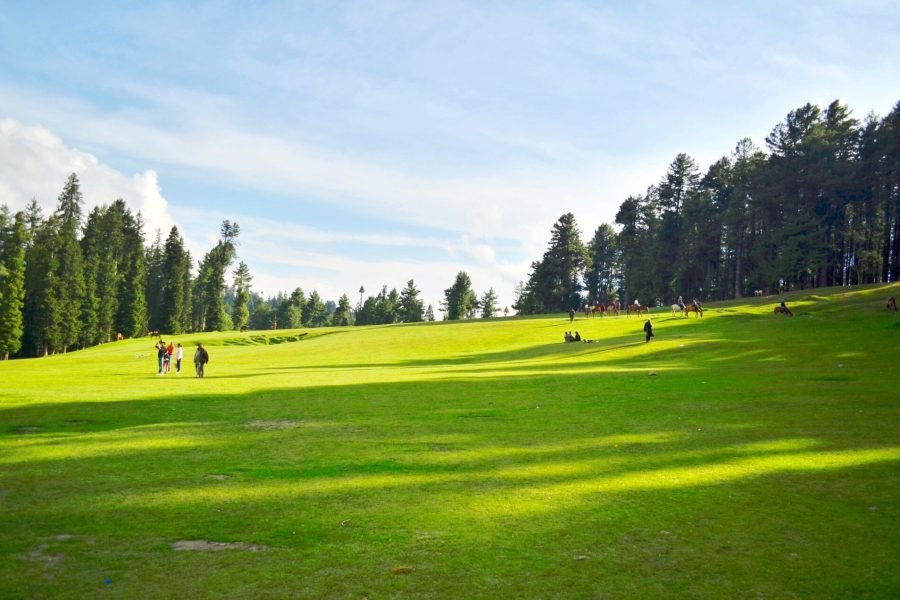
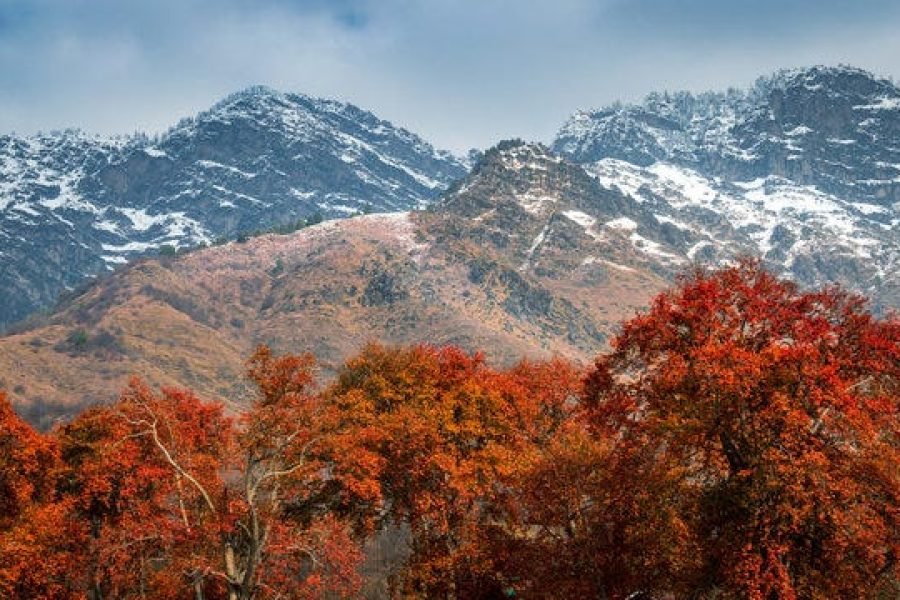
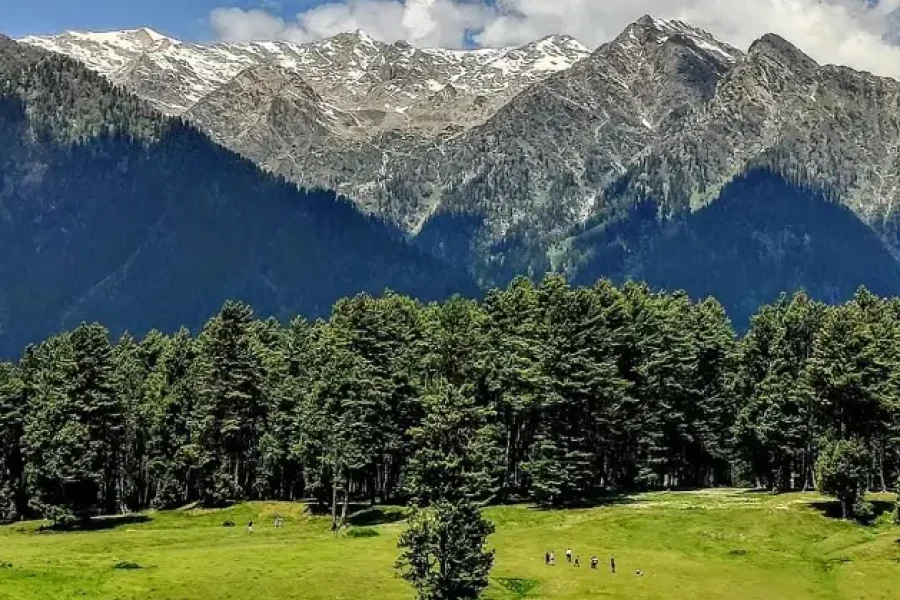
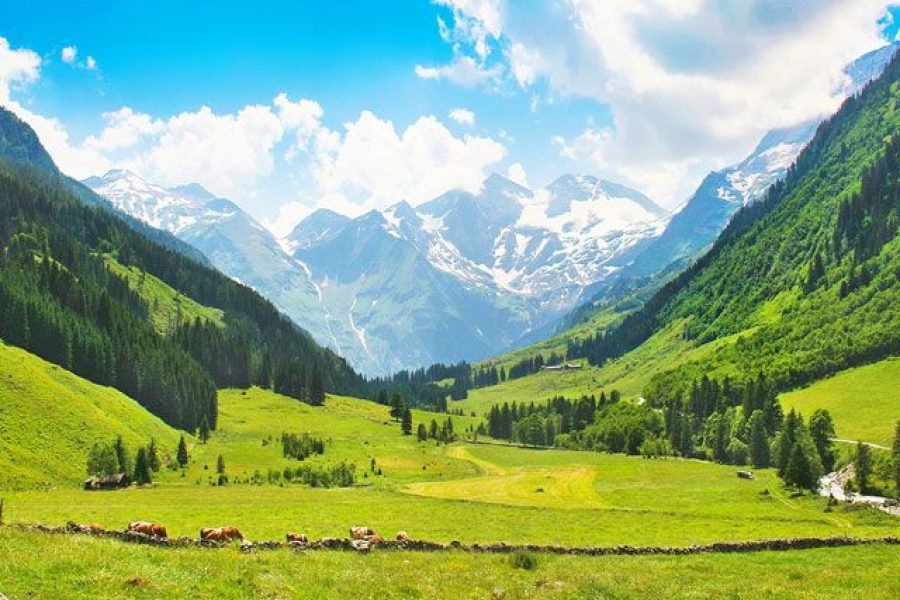
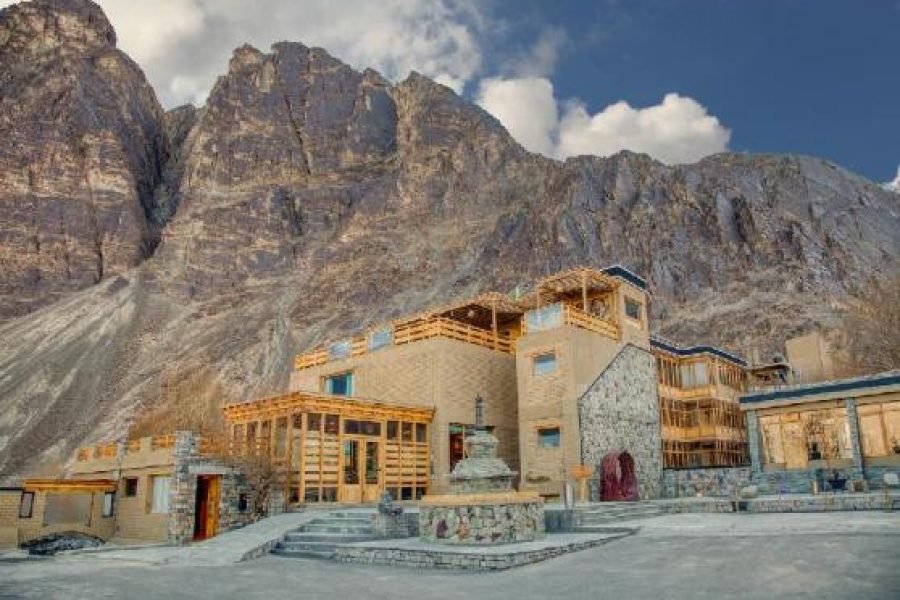
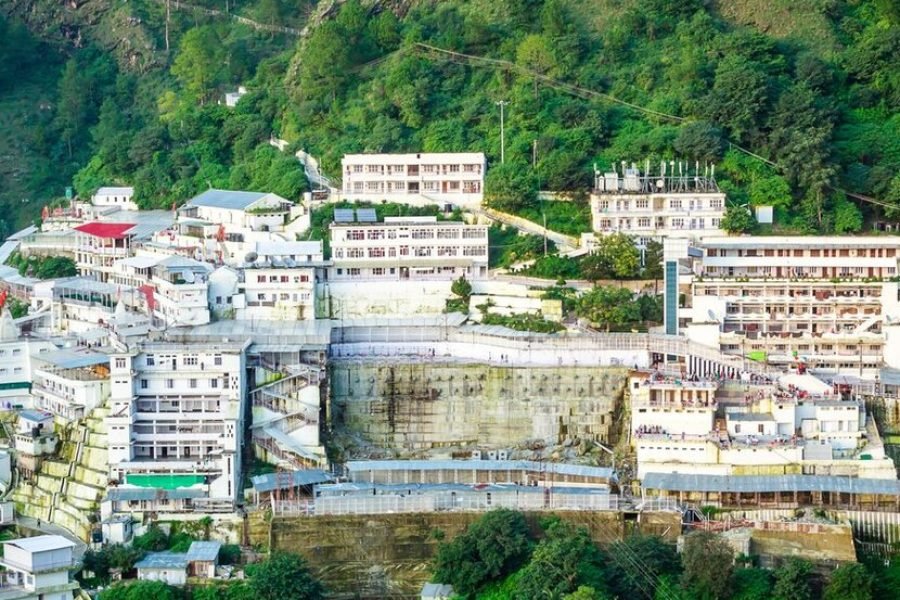
0 Comment